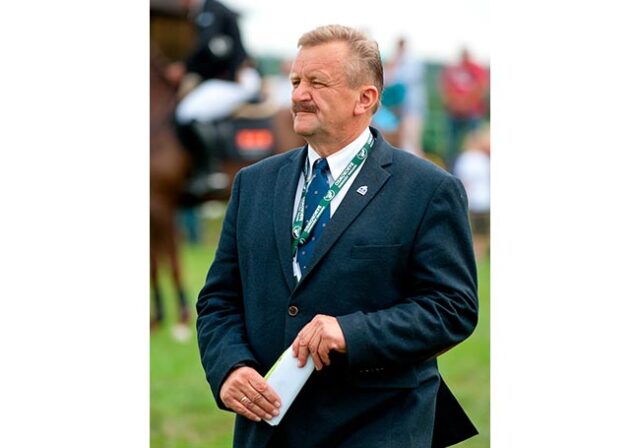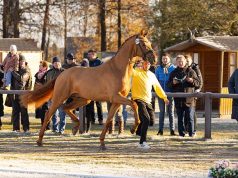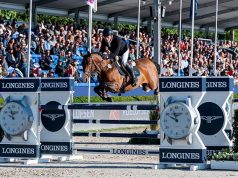By Agata Grosicka
Photography: Dava Palej, and personal collection
A four-year-old mare Gothika WLKP (Comilfo Plus Z - Greace x Larron) bred by Kruszki Stud was the winner of the third national Warmblood horses championship in free jumping at the last indoor Cavaliada Show, and also became champion mare of National Wielkopolska (Greater Poland) Horse Championship in Baborowko 2019. This is great evidence that Wielkopolska (WLKP) – one of the oldest Poland’s national horse breeds is regaining its recognition.
More significantly, however, is the vast improvement in the quality of its horses. With many bigger and smaller studs operating in the region that produced two current European team showjumping champions, I would like to introduce you to this unique region, as well as Mr. Henryk Swiecicki Snr, president of the WLKP Association, who was happy to provide some historical context and further information about the present-day situation.
Q On the history of the Association of the Breeders of the Greater Poland Horses
“Greater Poland is a huge lowland province in the western part of Poland with the area of the size of the Netherlands. In the 19th century it was a very well-developed region that generated interest in horse breeding and horse racing. That led in 1838 to the creation of the Association aiming to improve the quality of the breeding of farm animals (horses, cattle, sheep). And in 1895 the Association of Horse Breeders was established. It began registering horses in the studbooks and thus we consider this date as the origin of our Association of the Breeders of the Greater Poland (Wielkopolska) Horses.
“After the First World War, Poland regained its independence. This new situation enlivened horse breeding in the country and the Ministry of Agriculture entrusted the Association of the Breeders in Greater Poland region to keep and register breed books. Despite the world crisis, the period between the First and the Second World Wars was very beneficial for horse breeding in our region. Horses were bred mainly for field work and transportation, yet a lot of attention was put into breeding army mounts. In Poland at that time there were around 40 cavalry regiments where there was a lot of focus on equestrian sport. Our military horsemen won medals at the Olympic Games in Paris 1924, Amsterdam 1928, and Berlin 1936. In our region, a number of State farms were operating: stallion studs in Sierakowo, Gniezno, and the Racot Horse Stud as well as private breeding farms, including the biggest horse stud in Europe, Posadowo Stud, which belonged to the Lacki family.
“During the Second World War, despite repressions imposed on horse owners, the Association continued working, and it’s worth mentioning that it also continued using its own original horse brand, which till now is still highly appreciated by our breeders and used as the emblem of our Association.”
Q On the influence of the post-war political situation on the regress in the breeding of Polish sport horses.
“The post-war period was a very difficult time for horse breeding because the Communist authorities nationalized, or simply plundered without any amends all agrucultural farms, including private horse studs.
“The State policy favoured breeding of a farm horse. Newly founded horse studs and National Agricultural Farms were separated from private breeding through administrative decrees. The whole country was divided into regions which bred either warm-blooded horses or cold-blooded types... To read the complete article you need to be a subscriber
CLICK HERE TO SUBSCRIBE TO BREEDING NEWS
SUBSCRIBERS CAN READ THE COMPLETE ARTICLE BY LOGGING IN AND RETURNING TO THIS PAGE




